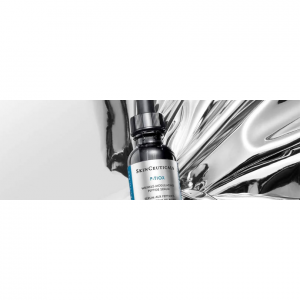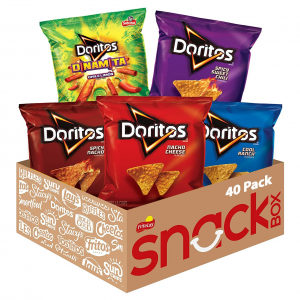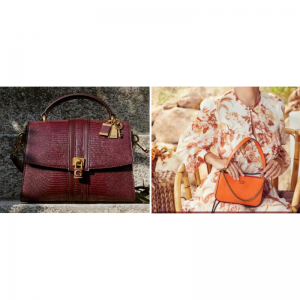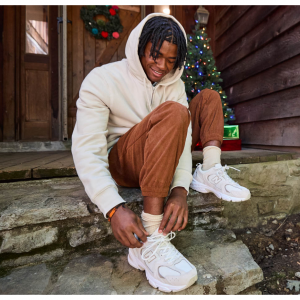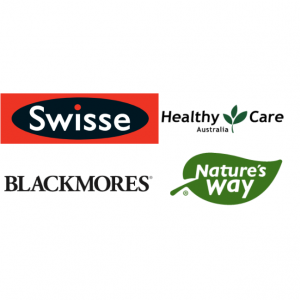
The North Face vs. Columbia vs. Patagonia: Which is the Best Outdoor Gear Brand?
Up to 8% Cashback!The North Face vs. Columbia vs. Patagonia: Which is the Best Outdoor Gear Brand?
1. Brand History
The North Face
The North Face is an American outdoor recreation product company. It began in 1968 as a climbing equipment retail store in San Francisco, founded by Douglas Tompkins and his wife, Susie Tompkins.
By the late 1990s customers had expanded beyond outdoor enthusiasts and in the 2000s it became a fashion style symbol. In 2000, it was bought by VF Corporation.
Now, more than 50 Years after, The North Face delivers an extensive line of performance apparel, equipment, and footwear. The brand quickly grew in popularity. It becomes the first choice of the world's most accomplished climbers, mountaineers, extreme skiers, snowboarders, endurance runners, and explorers.

Columbia
The Columbia Sportswear Company is a company that manufactures and distributes outerwear, sportswear, and footwear, as well as headgear, camping equipment, ski apparel, and outerwear accessories.
Columbia started out as a small hat company in 1938 by two German immigrants and even today it has still remained a family-owned business, run by Tim Boyle, the son of Gert Boyle and nephew of the founders of Columbia.

Patagonia
Patagonia's founder, Yvon Chouinard, an accomplished rock climber, began selling hand-forged mountain climbing gear in 1957 through his company Chouinard Equipment.
Presently, Patagonia is a highly acclaimed outdoor clothing brand recognized for its quality and excellent performance products. This brand supports and follows ethical manufacturing procedures.The company is highly environmentally conscious and often participates in various movements spreading awareness and protecting the environment.
Since 2014, Patagonia only uses materials that are confirmed to be ethically collected, ensuring the protection of the environment and animal welfare.

2. Price Range
The North Face
The North Face was a niche maker of top notch clothing and gear that after being acquired by VF Corporation - has been refocussed on marketing to the masses. It's a bit of a pricey brand of outdoor apparel. Considering their quality compared to their price, many serious outdoor enthusiasts tend to put it in the luxury category. The North Face is slightly pricier than Columbia overall, but there are more affordable options available. There are $70 - $100 options, as well as those on the other end of the spectrum that go upwards of $500.
Columbia
Columbia is a good quality brand that is affordable. Their jackets are moderately priced and there are both cheap and expensive options, which range from $50 all the way up to $500 and above for certain designs, mostly the Titanium parkas.These expensive parkas are made of several technologies and are completely weatherproof.
Patagonia
Patagonia can be expensive - retail for around $150-$899. The average Patagonia jacket will cost you upwards of $300. They are pricey, but that is the price for longevity. North Face is a little cheaper than Patagonia (its usually about 1/4 or more difference).

Saving Tip: If you like online shopping, don't forget to sign up at Extrabux!(What is Extrabux) , then you can enjoy up to 30+% cashback on your purchase from Extrabux! Sign-Up Bonus: Free to join it & get $20 welcome bonus!
3. Materials and Warmth
The North Face
The North Face is mainly focused on using recycled materials now, especially polyester fibers, and ensuring that the cotton used in its products is sourced responsibly, just like down, which meets RDS requirements. As for DWR treatment, they are looking to replace them with more environmentally friendly options and minimize the use of PFC.
In 2019, The North Face flipped one of its most popular products to recycled materials. The entire ThermoBall Collection was switched to 100% recycled synthetic materials and renamed the ThermoBall Eco.
A synthetic insulation, in collaboration with PrimaLoft, it is one of the closest down-mimicking insulations currently on the market, and that says a lot.
DryVent is a completely waterproof, windproof and breathable fabric. There are different versions according to the purpose of the jacket.
FlashDry is comparable to Omni-wick, which aims to keep the body dry by draining water and being highly breathable.
WindWall fabric can be used as a protective barrier against cold and wind, and has the functions of windproof and windproof.
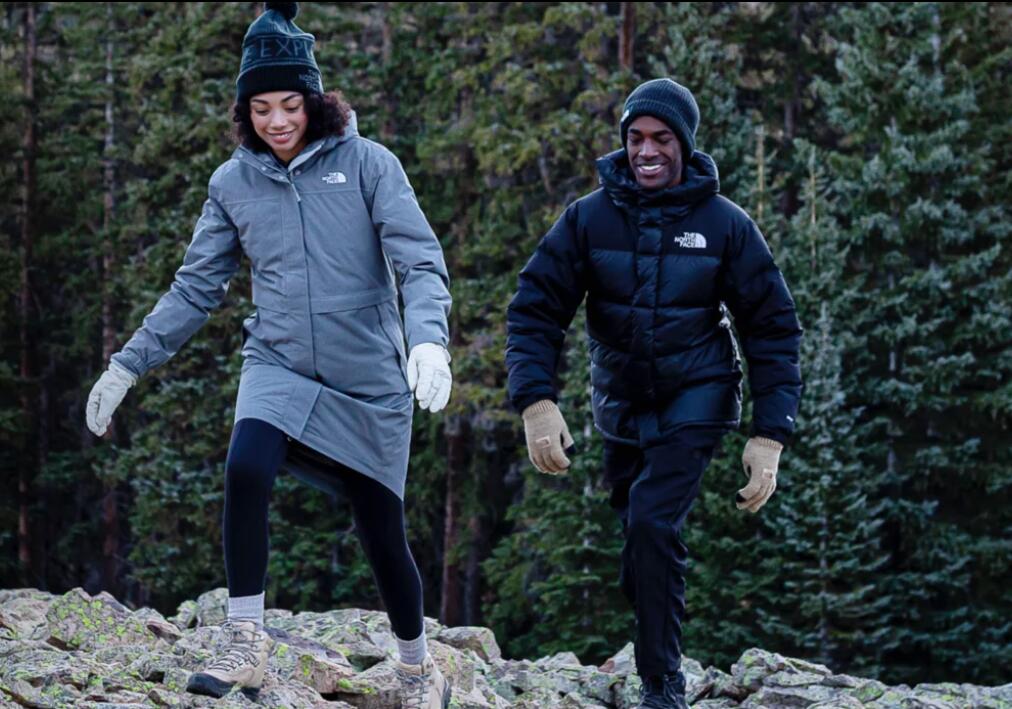
Columbia
If you only look at the materials used, about 80% of the polyester is recycled to reduce the company's environmental impact. The chemicals used for DWR treatment are short-chain perfluorinated compounds, which are less harmful to the environment.
For the down insulation materials used, all materials are RDS certified, which means that all contents are traceable and they are all from humanely processed poultry, whether live plucking or forced feeding.
There are some special insulations developed by them, which include: TurboDown, a combination of Omni-Heat technology with down insulation for ultimate warmth, and Omni-Heat Reflective, a technology that reflects body heat with the silver dots dispersed throughout. Apart from polyester, they use Nylon as well, mostly in the waterproof jackets.
Omni-Tech- a breathable, waterproof and windproof fabric (read also: Omni-Tech vs Gore-Tex Technology).
Omni-Wick- which is highly breathable and helps wick moisture away.
OutDry-an absolutely waterproof barrier, which heat-binds to the fabric and performs flawlessly (read also: OutDry vs Gore-Tex Technology).
Omni-Freeze - a technology that helps with cooling down.
Omni-Shade, Omni-Wind, Omni-Shield - these fabric technologies work to protect against the sun, wind and stains.
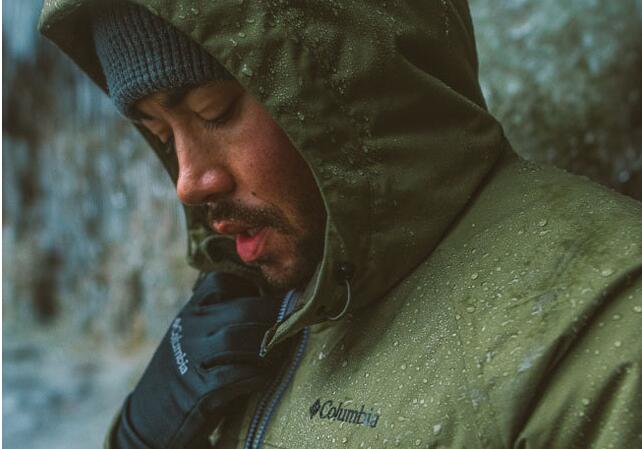
Patagonia
Patagonia typically makes slightly higher quality products and sources more sustainable materials, and each fabric must pass at least 6 tests before it can be used.
And when it comes to manufacturing, 56% of its fabrics are Bluesign-certified. A Bluesign certification means the manufacturer is producing maximum quality with minimal consumption of resources. A significant portion of its products are made from recycled fabrics, and all of its cotton fabric is certified by the Global Organic Textile Standard.
Besides that, their materials are top quality, which reflects on the price tags of their products. The most interesting part of Patagonia's clothing design is its unique H2No technology. It's similar to Gore-Tex, and it is entirely water-repellent and waterproof. It's very comfortable to wear.
Their fleece technology is well-known throughout the outdoor sports industry. Wearing them in winter climbing will not freeze, and still remain soft and not sticky to snow.

4. Durability & Warranty
The North Face
The North Face not only provides you with seasonal outerwear that you can only wear for one or two years. A typical The North Face jackets will not succumb to these elements for a long time, you will easily find that people who have these jackets for more than 5 years still look the same as new ones. In addition, considering their special fabrics and the use of recycled materials, you will get a well-made and responsible coat.
They offer lifetime warranty and are quick to repair any damaged apparel, which would mean less resources used for new items and a product that will last for many years to come. The North Face warranty covers defects in the materials and the workmanship for the lifetime of the product, even after extended use. They will repair it or replace it at their discretion. The warranty doesn't cover normal wear and tear, accidental damage, negligence, improper care, or the natural breakdown of the products.
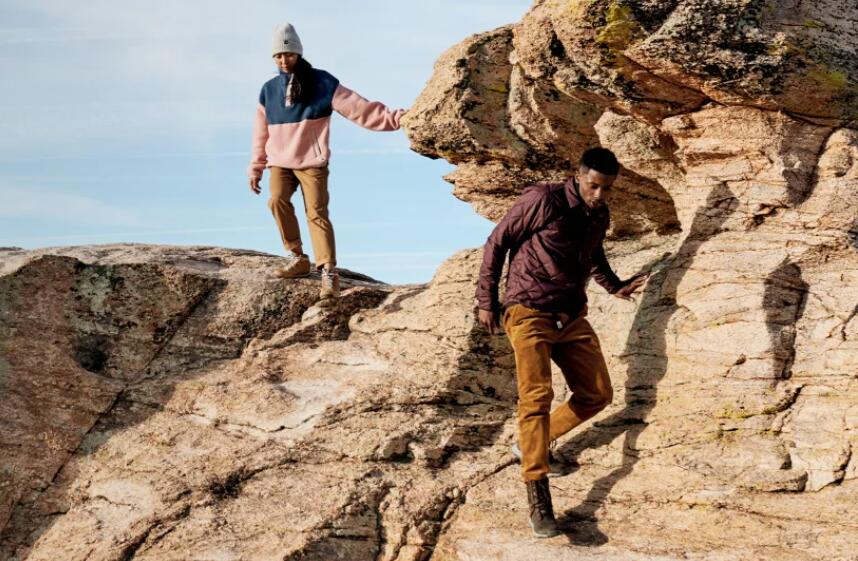
Columbia
Columbia's warranty on outerwear and equipment is also a limited lifetime warranty, which covers defects in materials and workmanship. But some of their other products are only guaranteed for one year, so be sure to check the warranty of the purchased product so that you know exactly the warranty period.
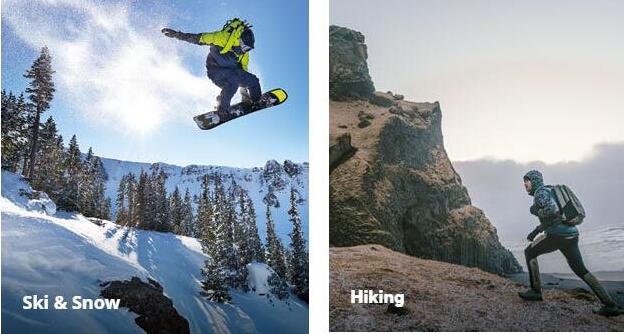
Patagonia
The Patagonia manufacturing process is that the company always puts its products to the test. They put the fabrics through extreme conditions, simulating the harshest weather. If the clothing survives this experiment in great shape, it receives the H2No performance standard status.
In an attempt to discourage customers from always buying brand-new products, Patagonia even offers a repair and reuse program called Worn Wear. By building the best products, Patagonia gear lasts longer so customers don't need to replace it as often. The best products are recyclable and reusable, too, further reducing Patagonia's long term carbon footprint. They are pricey, but that is the price for longevity. The easy repairability lengthens the product's lifetime, again saving you time and money.

5. Style
The North Face
The North Face are renowned for the high-performance of their products, especially jackets and for their stylish designs, which come in numerous eye-catching colors. Compared to Columbia and Patagonia , their jackets are more modern rather than classic and the product range is extensive. The North Face jackets are a little more sporty or more casual to wear and tend to fit the body with an athletic fit. They fit the natural shape of the average woman in a way that is very flattering and isn't boxy.
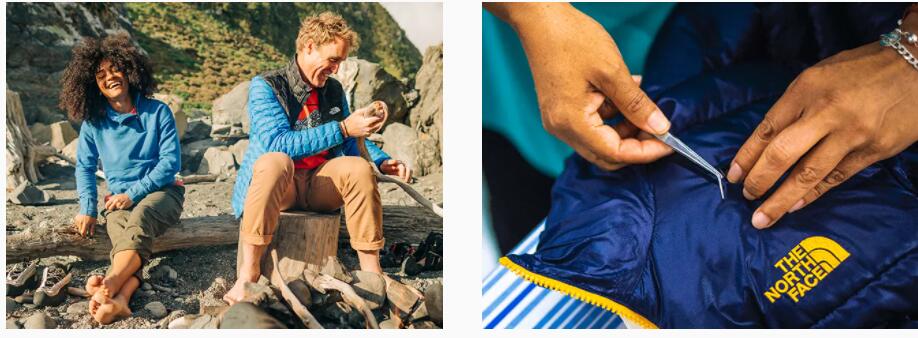
Columbia
Columbia sportswear makes outdoor gear for the masses but has made moves of late to incorporate better technology. Columbia jackets have very traditional or classic lines to them. Typically Columbia waterproof jackets have a slightly more relaxed fit, even on their slimmer models.
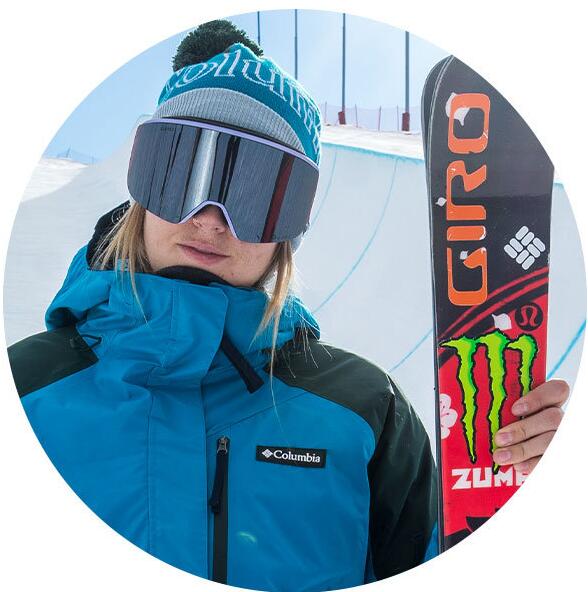
Patagonia
Patagonia vs. North Face, both brands are very good and offer extensive catalogs.
Most notably, Patagonia is more about technical performance and functionality. The functionality of their designs and the fact that their jackets are quite well-made overall. Its jackets wear more comfortable, and they move with you.
But Patagonia's design and look are not as fashionable as North Face. Most of the styles are classic models. With the most solid workmanship and the most simple design, it's positioned as a middle class consumer product in the United States. Suitable for outdoor and urban commuting wear,

Which Brand Should You Invest in 2024?
They are different tiers:
Low: Columbia
Medium: North Face
Premium: Patagonia
But every brand has a low price and a high price line, so it cannot be generalized.
The North Face is doing everything from leisure to professional. Overall, it is more professional than Colombia. The North Face is also increasingly a favorite for casual (not just wintersports) fashion among rich college kids and their ilk, so the prices are particularly outrageous. North Face is definitely the more expensive brand. It's also much more mainstream, but the price/performance ratio is not very good.
Columbia does have better prices overall. Columbia makes overall cheaper and good-quality jackets. Colombia obviously places a lot of emphasis on leisure.
Patagonia, which is an all-around stronger brand with better quality and reputation, is sometimes even more expensive in store. And their stuff actually has a resale value.
Where to buy The North Face, Columbia, Patagonia the cheapest?
See on these site for the best worldwide choice of down jackets with good prices. You can enjoy up to 8% cashback by signing up at Extrabux.com !
The North Face
thenorthface.com (3.5-4% cashback)
thenorthface.co.uk (4-5% cashback)
backcountry.com (5-6% cashback)
neimanmarcus.com (Up to 3% cashback)
yoox.com (2-3% cashback)
asos.com (4.5-5% cashback)
Columbia
columbia.com (7-8% cashback)
macys.com (2.5-3% cashback)
kohls.com (2-3% cashback)
moosejaw.com (5-6% cashback)
backcountry.com (5-6% cashback)
Patagonia
backcountry.com (5-6% cashback)
steepandcheap.com (5-6% cashback)
urbanoutfitters.com (2.5-3% cashback)
Read More:
Michael Kors vs. Fossil vs. Emporio Armani Watches: Which is Best for Style?
Coach vs Tory Burch vs MCM Bag: Which Brand Is The Best? (History, Quality, Price & Design)
Parfum vs. eau de Parfum vs. Eau De Toilette vs. Cologne: What is the Difference, and How to Choose?
Coach vs. Kate Spade vs. Michael Kors Bag: Which brand is better? (History, Quality, Price & Design)
Rimowa vs. Tumi vs. Samsonite vs. Away: Which Makes the Best Suitecase?
UGG vs. Koolaburra by UGG vs. Bearpaw vs. Sorel: What's the Differences and Which is Best for You?
Which Foundation Is Best for You? Fenty vs Nars vs. Estee Lauder Double Wear?
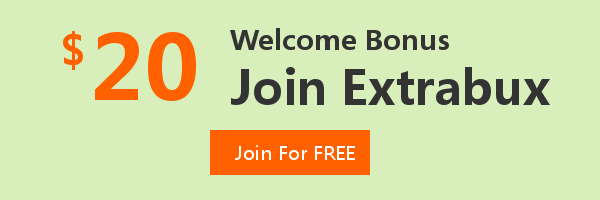
Extrabux is an international cashback shopping site, offering up to 30% cashback from 10,000+ Stores!
24S, SSENSE, MATCHESFASHION.COM, Shopbop, NET-A-PORTER, FARFETCH, YOOX, Eastbay, End Clothing, Macys, Neiman Marcus, Saks Fifth Avenue, Saks OFF 5TH, Bergdorf Goodman, Selfridges, Bloomingdales, Coggles, Harrods, Kohl's, Urban Outfitters, ASOS, Missguided, etc.
Join to get $20 welcome bonus now! (How does Welcome Bonus work?)
Recommendation
-
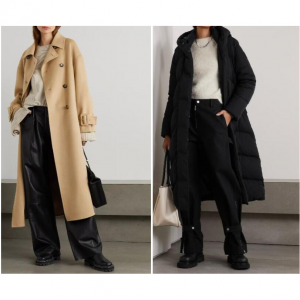
10 Best & Stylish Winter Coats for Women on NET-A-PORTER in 2024
-

Top & Best 12 Sneaker Apps/Websites for Raffles, Releases & Restocks in 2024
-

7 Best Gift Card Exchange Sites - Buy, Sell and Trade Discount Gift Card Safely and Instanly!
-
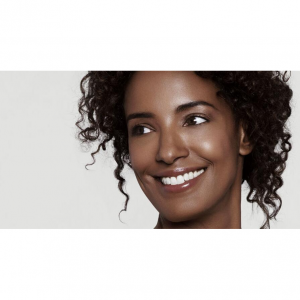
Top 9 Professional Skincare Brands for Licensed Estheticians 2024
-

13 Best Luxury Online Shopping Sites with Highest Cashback in 2024 (Coupon Code+Sale+14% Cashback)
Up to 14% Cashback!


